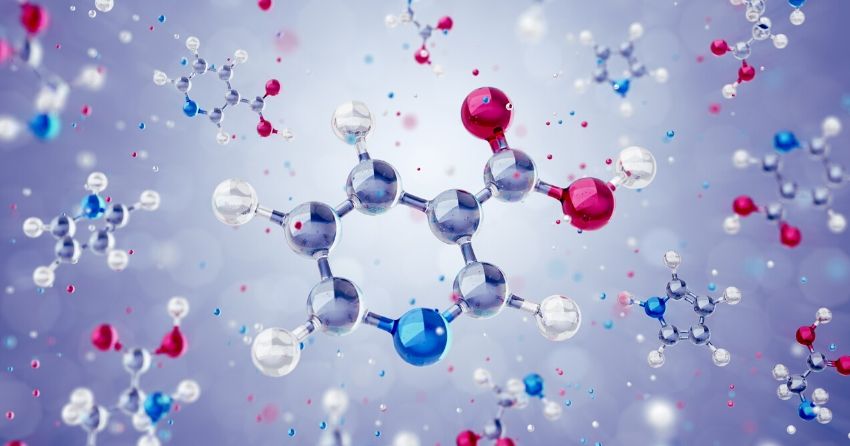NMN Supplementation Improves Neurovascular Function in Mice

-
In aged mice, NMN supplementation improved neurovascular function by promoting SIRT1 activation and mediating genes involved in mitochondrial rejuvenation.
-
Research has also found that restoring NAD+ levels through NMN supplementation led to an increase in cerebral blood flow and improved performance on cognitive tasks in mice.
This article was posted on FightAging.org:
Supplementation of nicotinamide mononucleotide (NMN) is one of the approaches demonstrated to restore levels of NAD+ in the mitochondria of aged mice. NAD+ is lost with age, with the proximate causes involving declining synthesis and recycling of the molecule, but as yet there is little understanding as to how this connects to the deeper causes of degenerative aging. NAD+ is an important piece of molecular machinery in mitochondrial function, and its loss appears to be one of the factors causing a failure of mitophagy, the quality control mechanism responsible for removing worn and dysfunctional mitochondria.
Mitochondria are responsible for packaging the chemical energy store molecules, adenosine triphosphate (ATP), used to power cellular operations, and when they falter, the cell suffers. Tissue function is disrupted. This is particularly important in energy-hungry tissues such as muscles and the brain, but has an impact throughout the body. Restoring NAD+ levels appears to help; clinical trials to measure effect size in humans have not yet taken place for NMN, but initial results for nicotinamide riboside (NR) supplementation suggest that the beneficial effects on cardiovascular function in older people are in the same ballpark as those of exercise.
This study was published in GeroScience in February 2020:
Aging-induced structural and functional alterations of the neurovascular unit lead to impairment of neurovascular coupling responses, dysregulation of cerebral blood flow, and increased neuroinflammation, all of which contribute importantly to the pathogenesis of age-related vascular cognitive impairment (VCI). There is increasing evidence showing that a decrease in NAD+ availability with age plays a critical role in age-related neurovascular and cerebromicrovascular dysfunction. Our recent studies demonstrate that restoring cellular NAD+ levels in aged mice rescues neurovascular function, increases cerebral blood flow, and improves performance on cognitive tasks.
To determine the effects of restoring cellular NAD+ levels on neurovascular gene expression profiles, 24-month-old C57BL/6 mice were treated with nicotinamide mononucleotide (NMN), a key NAD+ intermediate, for 2 weeks. Transcriptome analysis of preparations enriched for cells of the neurovascular unit was performed by RNA-seq. Neurovascular gene expression signatures in NMN-treated aged mice were compared with those in untreated young and aged control mice. We identified 590 genes differentially expressed in the aged neurovascular unit, 204 of which are restored toward youthful expression levels by NMN treatment. The transcriptional footprint of NMN treatment indicates that increased NAD+ levels promote SIRT1 activation in the neurovascular unit. Pathway analysis predicts that neurovascular protective effects of NMN are mediated by the induction of genes involved in mitochondrial rejuvenation, anti-inflammatory, and anti-apoptotic pathways.
In conclusion, the recently demonstrated protective effects of NMN treatment on neurovascular function can be attributed to multifaceted sirtuin-mediated anti-aging changes in the neurovascular transcriptome. Our present findings taken together with the results of recent studies using mitochondria-targeted interventions suggest that mitochondrial rejuvenation is a critical mechanism to restore neurovascular health and improve cerebral blood flow in aging.





